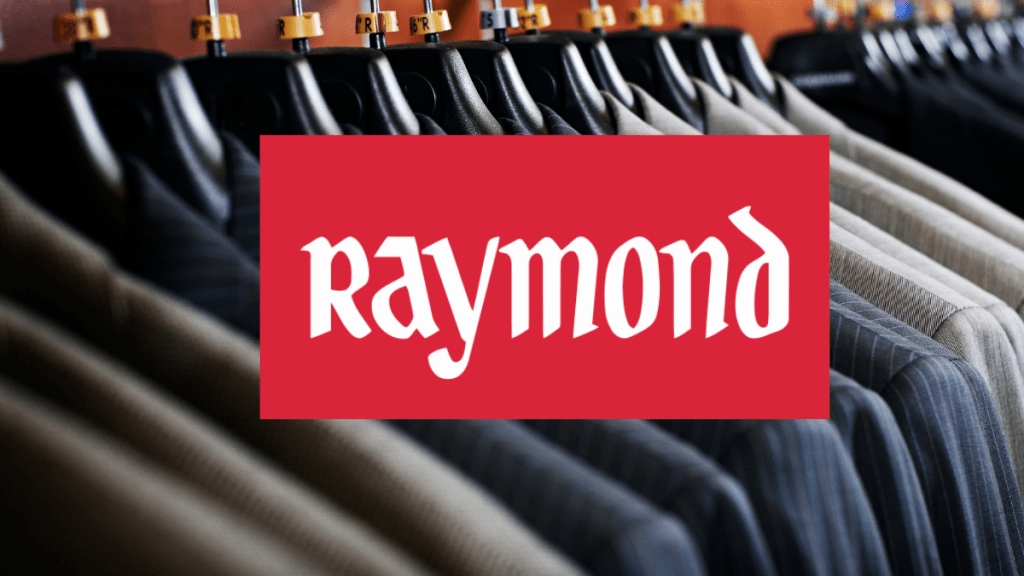Raymond has turned 100, a rare milestone for an Indian consumer brand. Its name continues to evoke premium menswear, and its recall remains strong across generations. The legacy began in 1925, when Albert Raymond established a modest woollen mill along the creek in Thane. At a time when colonial imports dominated the Indian market, the vision was simple yet ambitious: to create a high-quality Indian alternative in a space monopolised by British goods. And it established itself with aplomb.
Raymond is financially stronger and strategically more diversified than before. Its brand recall is unmatched in menswear, its real estate venture has shown early promise, and its foray into defence and engineering could provide new engines of growth.
Missed chances in fashion’s evolution
Yet, even as it celebrates its centenary, questions persist about whether the group has kept pace with the fast shifts in the apparel and retail landscape. The company operates three listed businesses — Raymond Lifestyle, Raymond Realty and Raymond Ltd, which houses engineering and auto components. Lifestyle accounts for about 60% of its Rs 11,000-crore turnover. The group is also one of the world’s largest integrated suiting fabric manufacturers with a capacity of 43 million metres annually, supported by 1,690 exclusive stores, 152 Ethnix outlets and nearly 20,000 multi-brand touchpoints.
Analysts and consultants believe Raymond did not fully exploit its first-mover advantage in branded apparel. “Despite a 100-year legacy, Raymond missed the bus in catching the shift from textiles to branded apparel retail early on. They may need to get their attention back on the textile and apparel business even as they diversify into new areas,” Deven Choksey, MD, DRChoksey FinServ, told Fe.
Aditya Birla’s Madura division and Arvind Fashions, for instance, were quicker to expand into casual wear, women’s wear and international tie-ups. “In South, mall developers’ top choices are Birla group brands or Arvind Brands, though Raymond continues to hold forte in West, East and North,” Anupam T, director at Realkey Advisory India, said. He added that the company missed the opportunity in women’s wear, a segment that expanded rapidly with millennials moving to western fashion. “They created women’s wear but it did not take off well,” he said.
Another analyst noted that Raymond’s premium positioning limited its mass reach. “Many of their brands were very premium. Even the upper middle class is price-sensitive in India. In that sense, Trent did right with Westside and Zudio,” said the research head of a brokerage firm. “The hiving off of real estate and lifestyle could also have been done earlier.”
Real estate gains, apparel challenges
Raymond has indeed restructured in recent years, selling its FMCG business to Godrej Consumer for Rs 2,825 crore and demerging lifestyle and real estate into separate listed entities. These moves helped the group retire debt and strengthen its balance sheet. The company is now debt-free, with cash on hand to pursue new opportunities.
Real estate is emerging as a significant growth driver. With 100 acres of land in Thane, 40 of which are already under development, the company has a pipeline of projects that could generate over Rs 50,000 crore in gross development potential, according to management. Analysts say execution has been a differentiator. “When other big players struggled to deliver on time, Raymond delivered maiden towers two years ahead of RERA schedule,” said Anupam of Realkey.
Beyond property, the company is also eyeing opportunities in defence and aerospace, areas it has already entered through a partnership with Adani Defence & Aerospace. With global and regional tensions fuelling demand, Raymond sees this diversification as a long-term bet.
Still, its identity remains tied most closely to clothing. The problem, analysts argue, is that Raymond today resonates more with an older consumer segment. The “Complete Man” campaign of the 1990s remains iconic, but it has not been matched by equivalent brand-building efforts for younger audiences. Competitors have been more successful in capturing Gen Z and millennial shoppers through category expansion, aggressive retail footprints and affordable offerings.
“Raymond has been a brand for affluent or aspirational shoppers, and that legacy is valuable,” said Anupam of Realkey. “But going forward, it will need to broaden relevance if it wants to compete head-on with peers who are expanding across categories and consumer segments.”
The Complete Man did well in the nineties when it moved away from showing an ‘alpha’ image of a man, with the usual glamorous women and shiny cars. But it clearly needs a makeover to compete well in a market now dominated by nimbler, youth-focused rivals.

